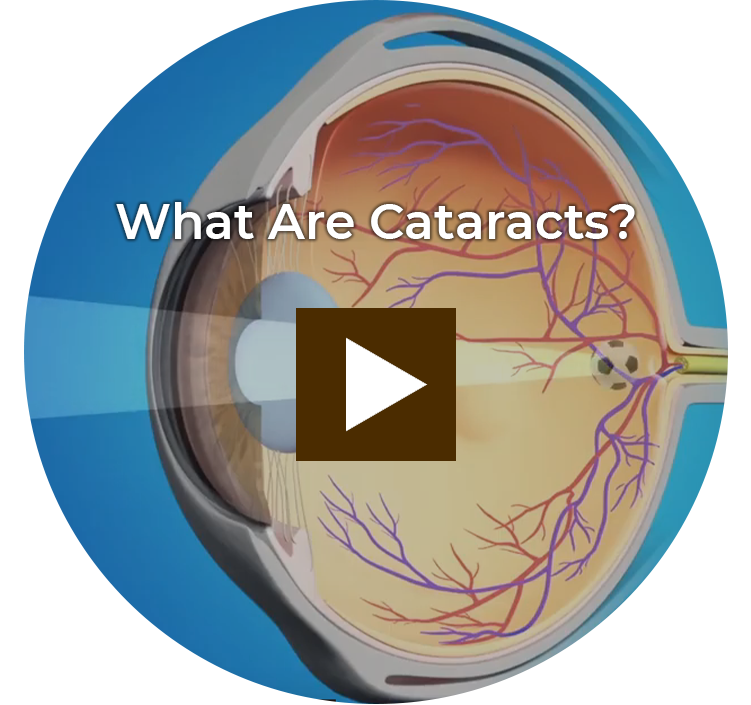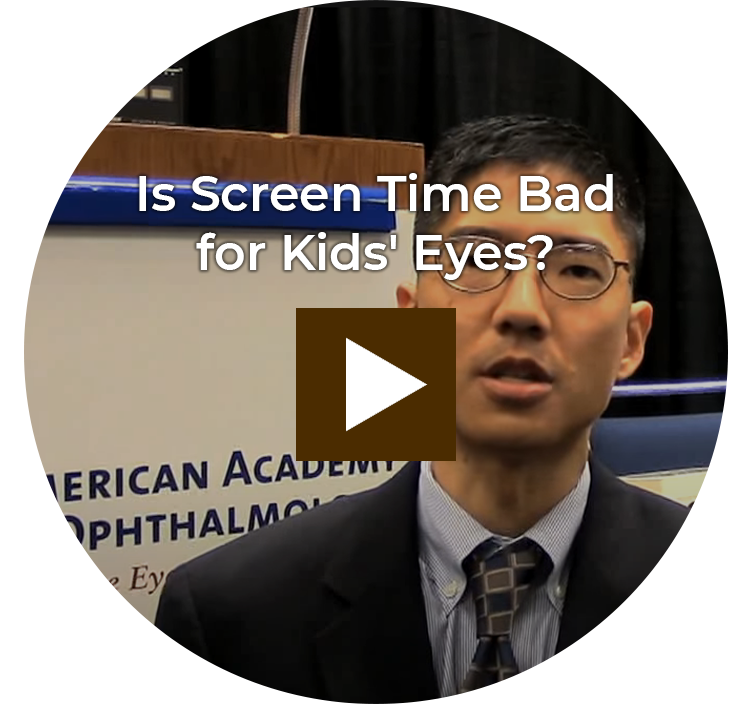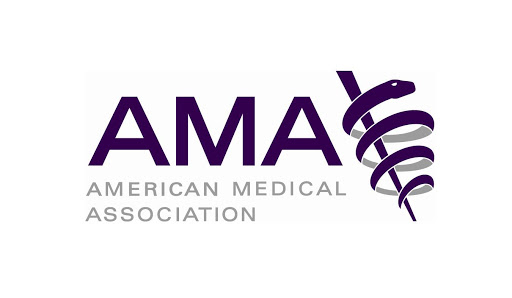Sometimes referred to as ‘Lazy Eye’, Amblyopia occurs when vision in one or both eyes does not develop properly during childhood. Amblyopia is a common problem in babies and young children.
Because a child’s vision develops in the first few years of life, it is important to diagnose and treat Amblyopia as early as possible. Otherwise, a child with amblyopia will not develop normal, healthy vision.
Amblyopia can develop from other eye and vision problems. Here are some conditions that may cause Amblyopia in a child.
Refractive errors
Having a refractive error means being nearsighted, farsighted, or having astigmatism (distorted or blurry vision). A child may have a refractive error that is worse in one eye. That eye can “turn off,” and vision will not develop properly. This can be difficult to tell since the child’s vision seems fine when using both eyes.
Cloudiness in the normally clear parts of the eye
Some children are born with a cataract, where the eye’s normally clear lens is cloudy. This can keep vision from developing properly in that eye.
Droopy eyelid
Ptosis, or a droopy eyelid, can block vision in a child’s developing eye and lead to amblyopia.
Your child might not be aware of having better vision in one eye than the other. And you may not realize it either unless your child has strabismus or another eye problem you can see.
How to Diaganose?
The specialists at Kumar Eye Institute will do a complete medical eye exam, looking for other eye problems that could be affecting vision.
Poor vision in one eye does not always mean a child has Amblyopia. In some cases, wearing glasses to correct a refractive error in one eye can improve vision.
When Should a Child’s Vision Be Tested?
All children should have their vision checked by their pediatrician, family physician or ophthalmologist at or before their 4th birthday. If there is a family history of misaligned eyes, childhood cataracts or serious eye disease, an ophthalmologist should check their eyes when they are an infant.
Most doctors test vision as part of a child’s medical exam. If they see any sign of eye problems, they may send a child to an ophthalmologist for further tests.
Amblyopia Treatment
Amblyopia is usually corrected by making the child use their weaker eye. This is often done by putting a patch over the child’s stronger eye. In some cases, eye drops can be used to blur vision in the stronger eye. Or the child may wear eyeglasses with a lens that blurs vision in that eye.
It generally takes several weeks to several months to strengthen vision in the weaker eye. Once the child has better vision in that eye, they may need to wear an eye patch part-time for a few years. This is because there is a chance that eye can weaken again.
Remember to keep all appointments with your child’s ophthalmologist who will carefully monitor your child’s vision.
Call Today for an Appointment
502-368-3937








